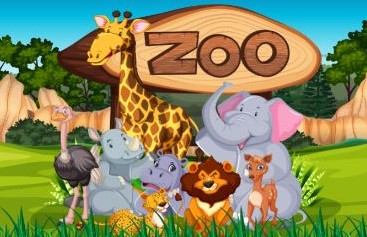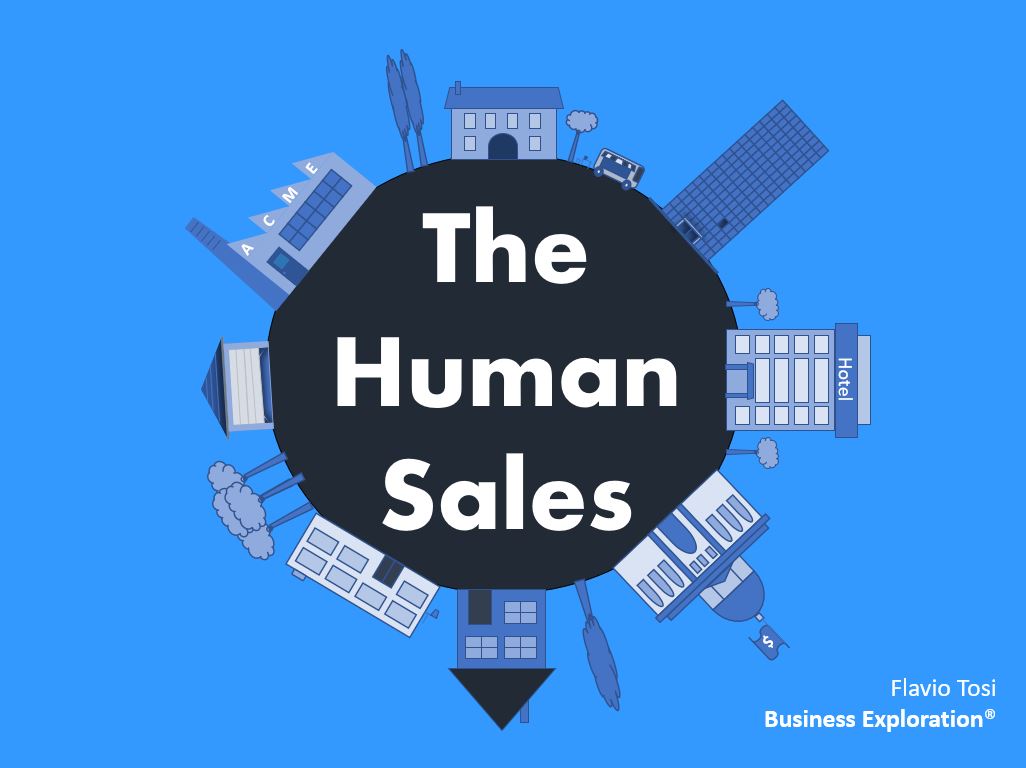How to segment B2B markets
without using the buyer's personas


You reached Flavio's blog on Business Exploration.
Get a free answer for
your go-to-market planning!
Did you ever try to define segments for a B2B market?
Most of the time the segmentation refers to general features of the companies
like size, growth rate, industry or geographic location.
The problem with this kind of characterization
is that it does not help describe the Customer's "job-to-be-done".
Without it, value selling becomes meaningless and sales a numbers game.
In the best case you leave on the table Price points,
in the worst, you risk that a new player re-segments the market
in a way you get excluded or heavely redimensioned.
If, on the other side, you try to use nicer frameworks like the "Buyer's personas"
you soon discover that they are a great fit for a B2C consumers market
but they fail to grasp the complexity of an industrial sale.
20 years ago I started use a simple concept for B2B segmentation
that retains the merits of the "personas" AND can explain the "job-to-be-done".
The buyers zoo.
Hope this helps,
Flavio
When the Community you serve is made of customers with different goals and needs,
you may want to cluster those customers in order to serve them better:
with tailored level of services, different prices, custom solutions etc.
The first step is about identifying the companies belonging to your community, that you can actually serve:
to do this you are going to apply 3 filters:
The companies you actually serve are those left to you by the competition: your market share.
I am not against "demographic" criteria for B2B segmentation.
Factors like size, growth, customer life time value, industry focus, location etc.
are a great starting point and a way to see customer segments with shareholders, investors and stakeholders perspective.
The way I prefer to look at customers however is the point of view of the salesman.
My goal is to describe the segment in a way that is easy to understand, and helps to sell.
For example, these could be some things to watch into B2B customers:
Who ever tried to define market segments, knows that there is not a "one-size-fit-all" rule.
You have to make an hypothesis, give it a try, check the results and repeat
untill you are enough confident with the criteria you choosen.
Once you have defined your "segments" you can then try this approach to use them:
Name your segments with an Animal.
When you try to find archetypes for B2B Customers you can learn from Esopo.
Esopo is one of the greatest novelist of the wastern civilization.
His stories use animals to represents vices and virtues of man and women,
leaving us unforgettable life-lessons.
I started to use animals to describe the archetypes of my industrial segments
back in 2001. The first time was in a segmentation project in Versalis, the chemical branch of the ENI group;
the last time was few days ago in an automated warehouses' OEM.

For the automated warehousses' OEM was nice to segment the customers along 2 factors:
The Buyer's Animal were:
The greatest benefit of the buyers animals is that they are not chained to e.g. an industry.
You may find an Octopus into the Automation industry as well a Camel into the Distribution.
They will have similar goals, needs and priorities.
There is a final check you may use to see if the buyer-animal fits:
see if the customer would like to describe itself with that animal.
If so, then you animal may be able to describe the customer "job-to-be-done" close enough.

find them in our booklet: "The Human Sales",
that Engineers, PHDs, Data Scientists an Technical People use since 2009
to serve communities that value their Innovation:
(free for students)
